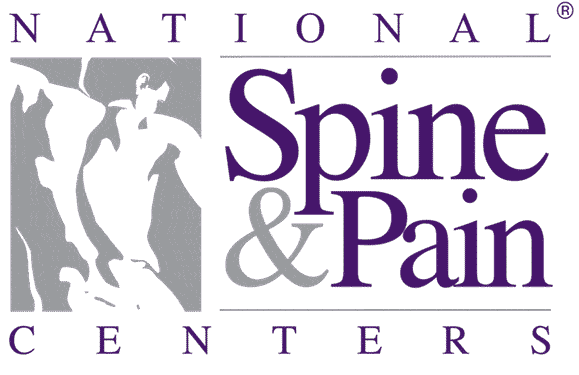Video: Treating Whiplash with Platelet Rich Plasma
[youtube id=”lfdm3qPPqvY” width=”600″ height=”350″]
Recent studies found that chronic neck pain is a serious problem. It affects anywhere from 13% to over 25% of the general population[1]. Of this percentage, 37% contribute their pain to a motor vehicle accident[2], where a whiplash-type injury is very common.
Whiplash can cause neck and shoulder pain, and another recent study[3] found that it can also be attributed to headaches, dizziness, visual impairment and nausea. It is caused when stationary neck joints rapidly and violently shift and then return to their original position. In the case of a car accident, typically joints on the top of the neck shift back, while joints on the bottom of the neck go forward. Ligaments, which hold the joints in place, are stretched as a result. Potentially severe pain now exists, as there is increased motion in the joints after the injury. Muscles in the neck become tense to compensate for the loose ligaments and hold the joints in place. A patient suffering from whiplash can have both tense muscles and pain in the ligaments and in neck joint capsules.
Whiplash: How it’s treated
The good news is that 90% of patients can heal from a whiplash injury in just a few months through a combination of physical therapy and anti-inflammatories. But in the other 10%, the ligaments are stretched too far, or the joint itself is damaged and cannot heal on its own. To find the root cause of pain with these patients, a local anesthetic or nerve block is administered at the injury site to accurately pinpoint whether the joint is the source of pain. If pain is relieved, it confirms the diagnosis. Once diagnosed, a treatment plan can be developed to jump start healing.
Treating a Whiplash Neck Injury: The Platelet Rich Plasma Process
Platelets initiate tissue repair by releasing growth factors. These growth factors start the healing process by attracting cells that repair us, including critical stem cells. Platelet Rich Plasma (PRP) therapy intensifies this process by delivering a higher concentration of platelets. The therapy involves a small sample of the patient’s blood placed in a centrifuge to separate the platelets from the other blood components. The concentrated PRP is then injected into and around the point of injury, significantly strengthening the body’s natural healing. Our process for PRP is much different and sets us apart. Because our samples are all hand processed, we are able to produce PRP that is free of contaminating red and white cells, which can inhibit repair. This same special process also allows us to customize the concentration and volume for each individual and each injury type. This greatly improves outcomes.
PRP treatment typically takes about an hour, and the patient will go home that same day. Recovery from the injection is usually within 1 week of the procedure. On average, 3-4 treatments are necessary to heal a whiplash injury. Once the joints and tendons heal, then tension in the muscles will relax and the patient can experience significant improvement.
Pain from a whiplash injury should never be accepted as the “new normal.” Real help is available, even when traditional treatments fail. PRP is a solid answer for those 10% of whiplash patient still seeking relief.
[1] Bovim G, Schrader H, S and T, “Neck Pain in the General Population,” Spine, (1994), 19:1307–9
[2] Freeman, M, Croft, A, Rossignol, A, Centeno, C, Elkins, W, “Chronic Neck Pain and Whiplash: A Case-Control Study of the Relationship between Acute Whiplash Injuries and Chronic Neck Pain,” Pain Research and Management, (2006 Summer), 11(2): 79–83, http://www.ncbi.nlm.nih.gov/pmc/articles/PMC2585479/?report=classic#b28-prm11079
[3] Ishikawa S, Yokoyama M, Mizobuchi S, Hashimoto H, Moriyama E, Morita K, “Epidural Blood Patch Therapy for Chronic Whiplash-Associated Disorder,” Anesthesia and Analgesia, (September 2007), 105(3):809-14, http://www.ncbi.nlm.nih.gov/pubmed/17717243?ordinalpos=1&itool=EntrezSystem2.PEntrez.Pubmed.Pubmed_ResultsPanel.Pubmed_DefaultReportPanel.Pubmed_RVDocSum
